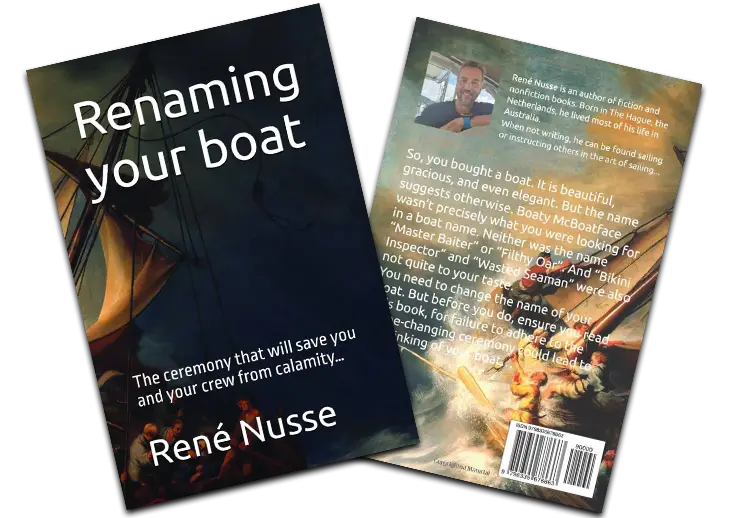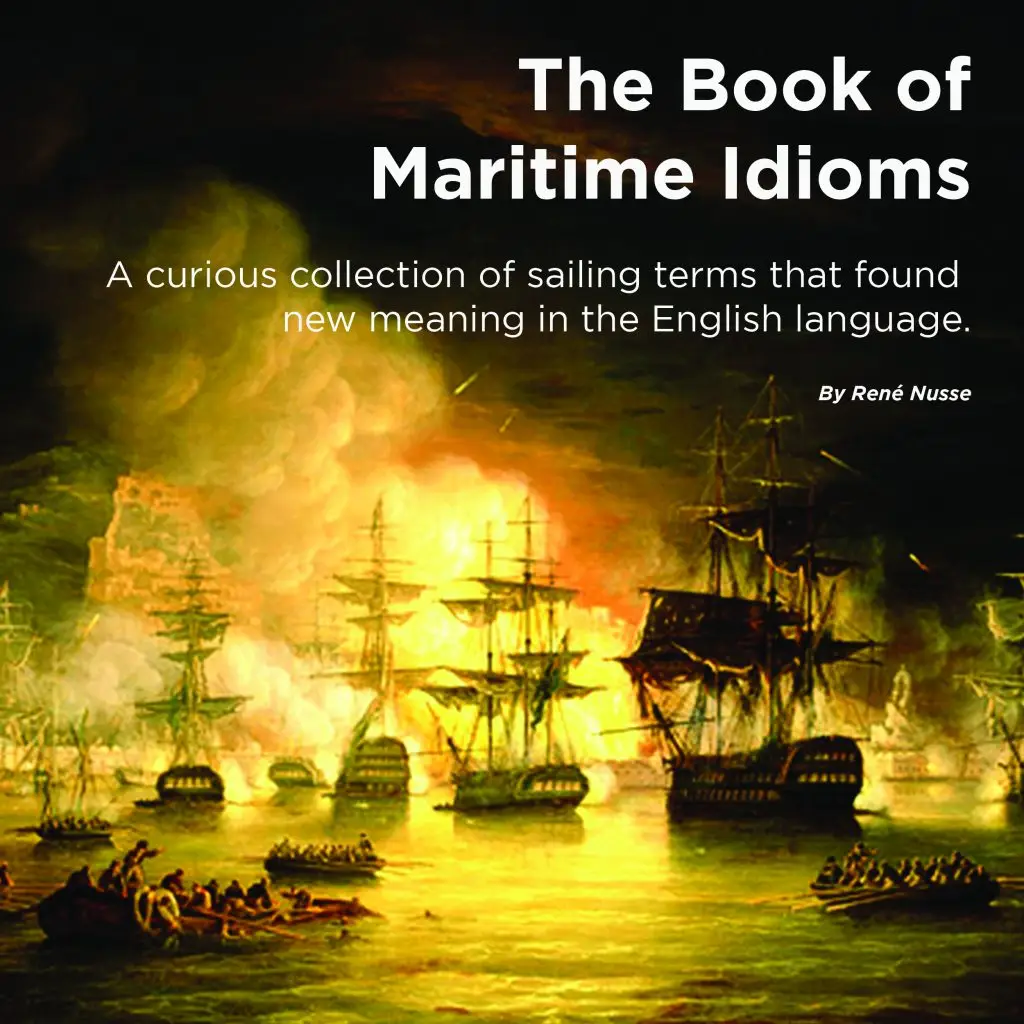Knowing your ropes
On a ship, ropes are generally called lines once they serve a specific purpose. It is surprising to find ropes on boats at all. On sailing vessels, there are very few things called ropes. Only about eight ropes are called ropes – like a bell rope, a foot rope, a man rope or a bolt rope. That is what “Learning the ropes” is about. It means you learn the proper names for what laypeople consider simply ropes. This makes a lot of sense because in the heat of battle, a bosun ordering “pull that rope” is somewhat more ambiguous than “tension the vang.”
Here are some of the most important types of ropes (or lines) and their uses aboard a ship:
1. Halyard
- A rope or line used to raise and lower sails, flags, or spars. Each sail typically has a separate halyard.
- Best material: Dyneema (also known as Spectra or HMPE)
- Example: The main halyard raises the mainsail, while the jib halyard raises the jib sail.
2. Sheet
- A rope attached to a sail’s clew controls the sail’s angle relative to the wind.
- A rope used to haul in a sail.
- Best material: Dyneema (also known as Spectra or HMPE)
- Example: The mainsheet controls the mainsail, and the jib sheet adjusts the jib sail.
3. Painter
- A line attached to a small boat or dinghy secures it to a dock or larger vessel.
- Similarly, you also call the line attached to your liferaft a painter.
- Best material: Polypropylene
4. Mooring Line
- These ropes secure the ship to a dock, pier, or buoy.
- Best material: Nylon
- Example: The bow, stern, and spring lines are mooring lines that control different parts of the ship.
5. Topping Lift
- A rope used to raise and support the boom when the sail is not hoisted. It also helps to adjust the height of the boom when sailing.
- Best material: Polyester (e.g., Dacron)
6. Downhaul
- A rope used to pull down or tension a sail or spar. It is often used to adjust the shape of the sail.
- Best material: Polyester (e.g., Dacron)
7. Outhaul
- A line used to tighten or loosen the foot of a sail along the boom, controlling the tension and sail shape.
8. Guy
- A rope used to control the movement of a spar or boom when the ship is running downwind.
- Best material: Dyneema (also known as Spectra or HMPE)
- Example: The spinnaker guy helps control the spinnaker sail.
9. Backstay and Forestay (or Stays)
- Ropes or wires that provide support for the mast:
- The backstay runs from the top of the mast to the stern of the ship.
- Forestay (or headstay) runs from the mast to the ship’s bow.
- Best material: Dyneema (also known as Spectra or HMPE)
10. Running Rigging
- This term refers to all the ropes used to raise, lower, and control sails and spars. It includes halyards, sheets, outhauls, and topping lifts.
11. Standing Rigging
- These fixed ropes or wires that support the mast and do not move, such as stays and shrouds.
- Best material: Dyneema (also known as Spectra or HMPE)
12. Shroud
- Ropes or cables that run from the mast to the ship’s sides, helping support the mast laterally.
13. Warp
- A rope used to move or manoeuvre a ship by pulling on a fixed object like a dock or buoy.
14. Lanyard
- A short rope used to fasten or secure rigging.
15. Heaving Line
- A lightweight rope used to throw to another boat or dock to pass heavier lines or secure the vessel.
16. Gasket
- A rope or band used to secure a furled sail to the boom or yard when it is not in use.
17. Vang (or Boom Vang)
- A line or system used to control the vertical angle of the boom, keeping it from rising up and adjusting the sail shape.
18. Ratlines
- These are rope ladders fixed between the shrouds to provide a foothold for sailors climbing up the mast.
Each of these lines has a specialised function that helps control the movement and safety of the ship and its sails. Understanding these ropes and their specific roles is critical to managing the vessel effectively in sailing.

NAVIGATION RULES CLINIC + BASIC SAIL TRIM COURSE
Author
-

Rene is a keelboat instructor and sailing coach in the Mandurah area WA. He is also the author of several books about sailing including "The Book of Maritime Idioms" and "Renaming your boat".
View all posts


